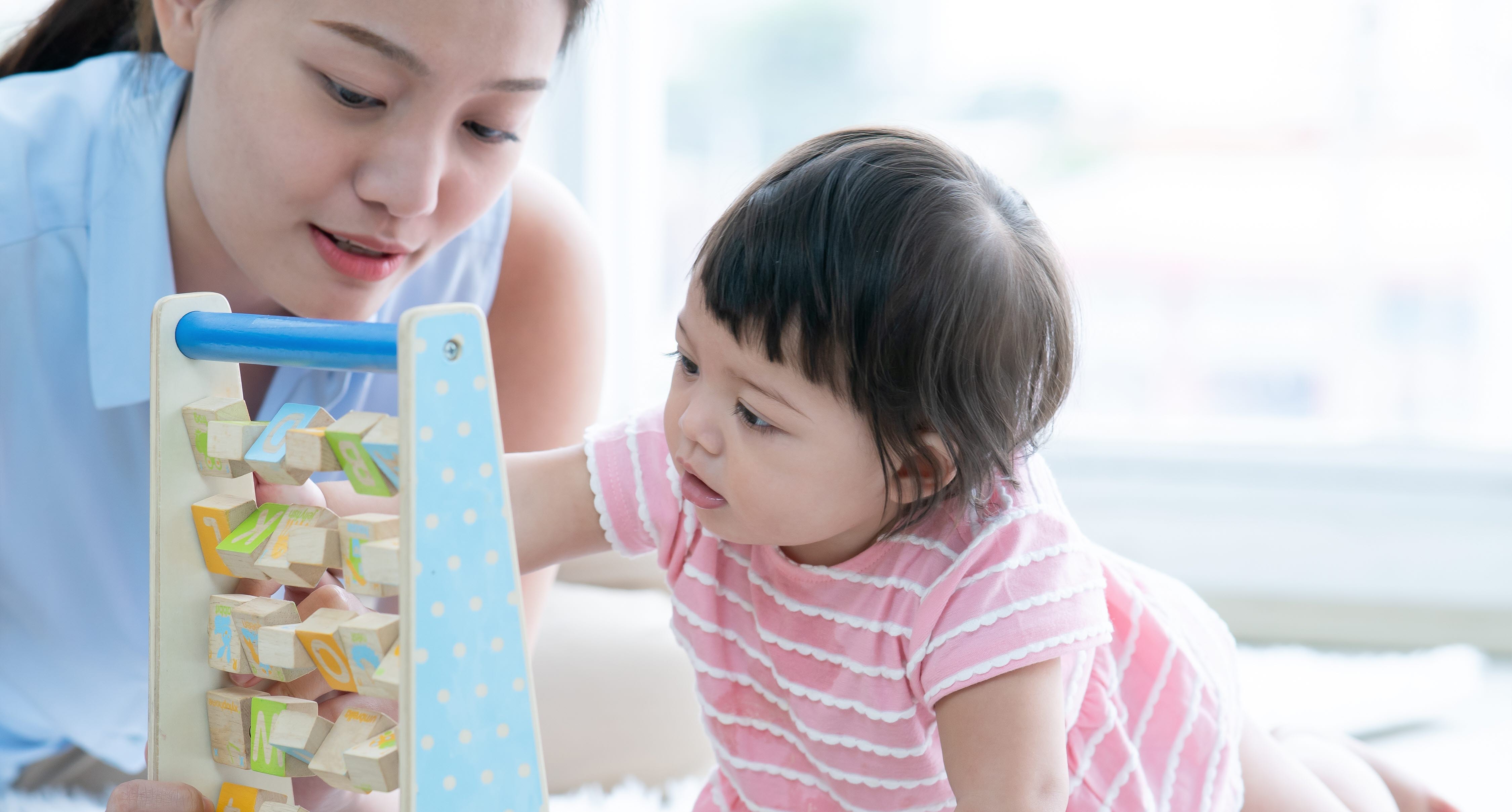Research spotlight interviews
Language acquisition: A dance between the child and its environment
Research spotlight interview
Interviewed by
Related content
Scientific publication
How curiosity boosts language learning in childhood
To further explore how language acquisition relates to emotional state, Dr. Vivien Outters, with her colleagues in Göttingen and Oxford University, conducted a word-learning recognition experiment with 3-year-old children.
Customer stories
Understanding how children learn language
New York University’s Learn Lab uses eye tracking to study the learning mechanisms underlying language acquisition in children who are typically developing as well as children on the autism spectrum.
Scientific research
Reading and language
Eye tracking has become an established tool to objectively measure human language processing and eye movements in reading.
